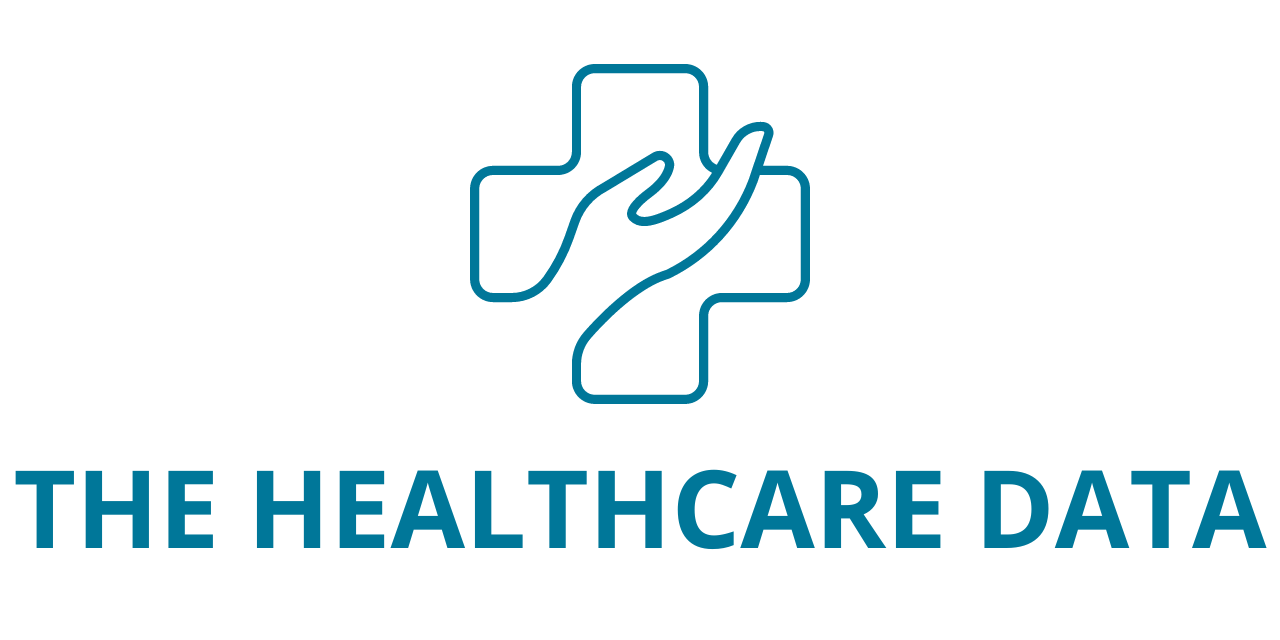Emulate, Inc., the leading provider of next-generation in vitro models, today announced the publication “Integrating Liver-Chip Data into Pharmaceutical Decision-Making Processes” in Expert Opinion on Drug Discovery. The article introduces a decision-making framework that includes two guidelines for researchers to use in their safety assessment workflows to identify drug-induced liver injury (DILI) risk, improving patient safety and supporting the 3R goals of reducing and refining animal testing.
“There is now strong evidence that Liver-Chip technology could significantly reduce the incidence of drug-induced liver injury in patients and during clinical trials,” said co-author Daniel Levner, PhD, Co-founder and Chief Technology Officer at Emulate. “Developing these decision-making guidelines was a necessary step to bringing more effective preclinical models into the drug development process.”
In December 2022, Ewart et al. published “Performance assessment and economic analysis of a human Liver-Chip for predictive toxicology,” in Communications Medicine, part of Nature Portfolio. In this study, the authors demonstrated that the Emulate human Liver-Chip achieved 87% sensitivity and 100% specificity. These findings could lead to an eightfold decrease in hepatotoxic drugs entering the clinic, which would significantly reduce patient safety risk while ensuring that no non-toxic, potentially effective drugs are rejected erroneously. This is a crucial consideration when incorporating new assays into safety evaluation workflows.
With the Liver-Chip qualified as a predictive toxicology tool, the authors developed two guidelines that researchers and regulators can use when deciding whether they should progress a drug candidate into clinical trials.
- The first guideline allows researchers to contextualize DILI risk beyond binary analyses of “toxic” and “non-toxic.” This enables researchers to tailor decisions based on the context of the drug development program and its specific risk tolerance.
- The second guideline details how the human Liver-Chip data may be integrated with animal toxicology studies to provide a more complete view of DILl risk. This gives researchers further confidence in the safety profile of a candidate drug before clinical trials.
“Researchers now have guidelines that enable a more contextualized assessment of DILI risk, which can inform pharmaceutical decision-making with greater accuracy,” said co-author Lorna Ewart, PhD, Chief Scientific Officer at Emulate. “Today’s publication brings us another step toward reducing DILI-related failures in clinical trials and withdrawals of drugs from the market due to patient harm.”
By incorporating the Liver-Chip as a complementary tool to existing biological models, pharmaceutical companies can make more informed decisions about which drug candidates to advance in their pipeline and align with the 3R goals of reducing and refining the use of animal models in preclinical testing. Furthermore, by reducing the likelihood of DILI-related failures in clinical trials and withdrawals of drugs from market, these frameworks have the potential to improve patient safety and drug development productivity.
Source link : https://www.businesswire.com/





